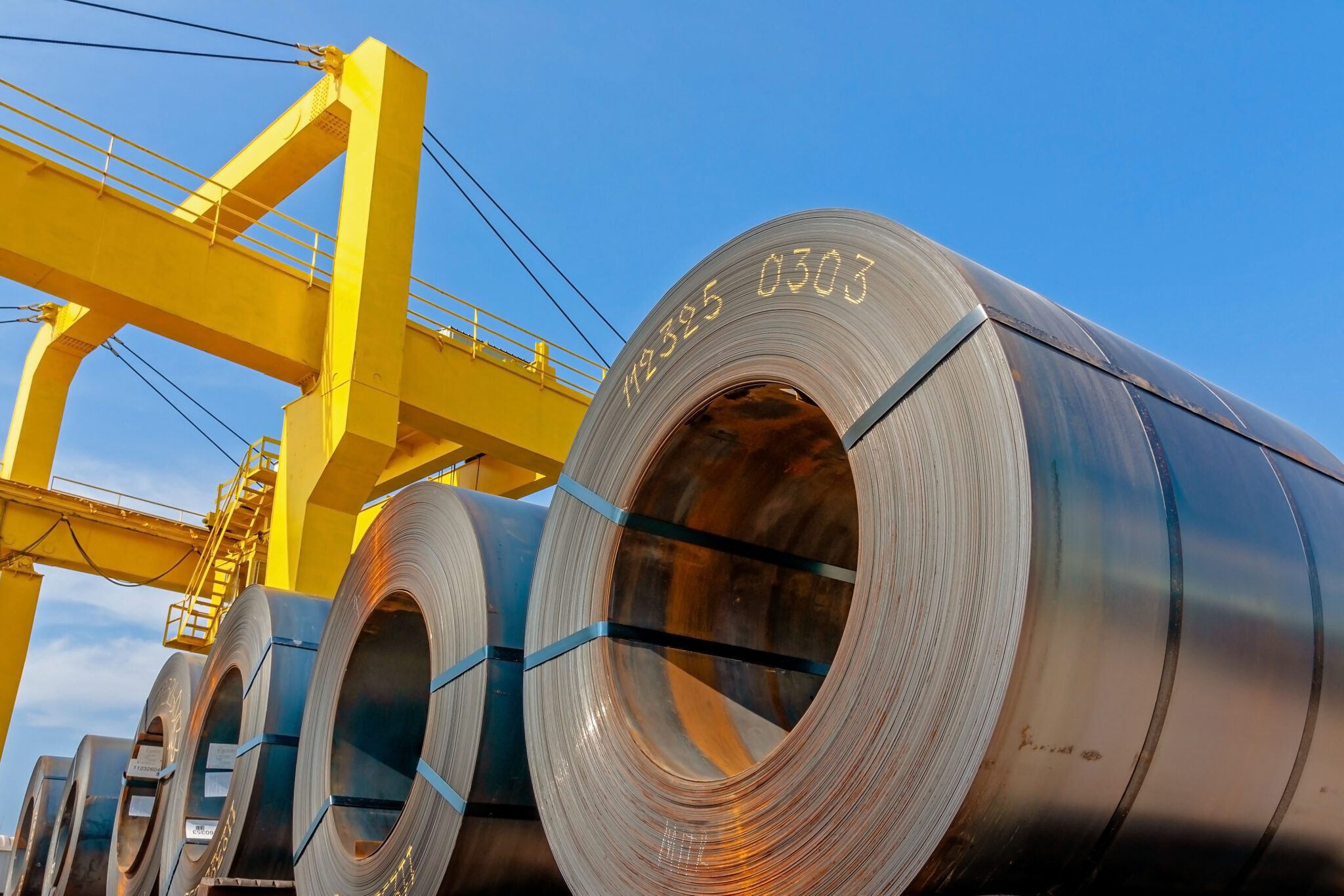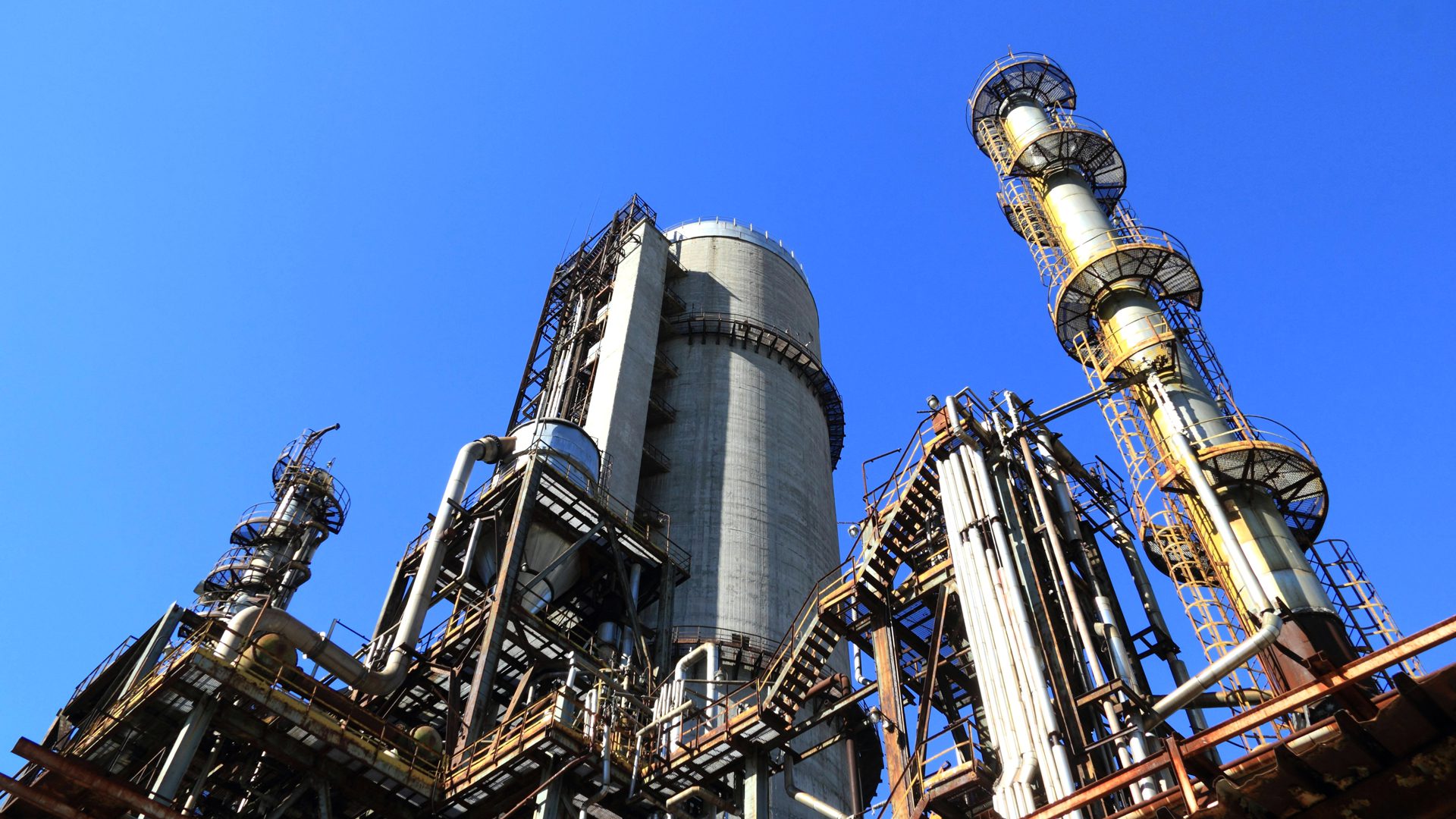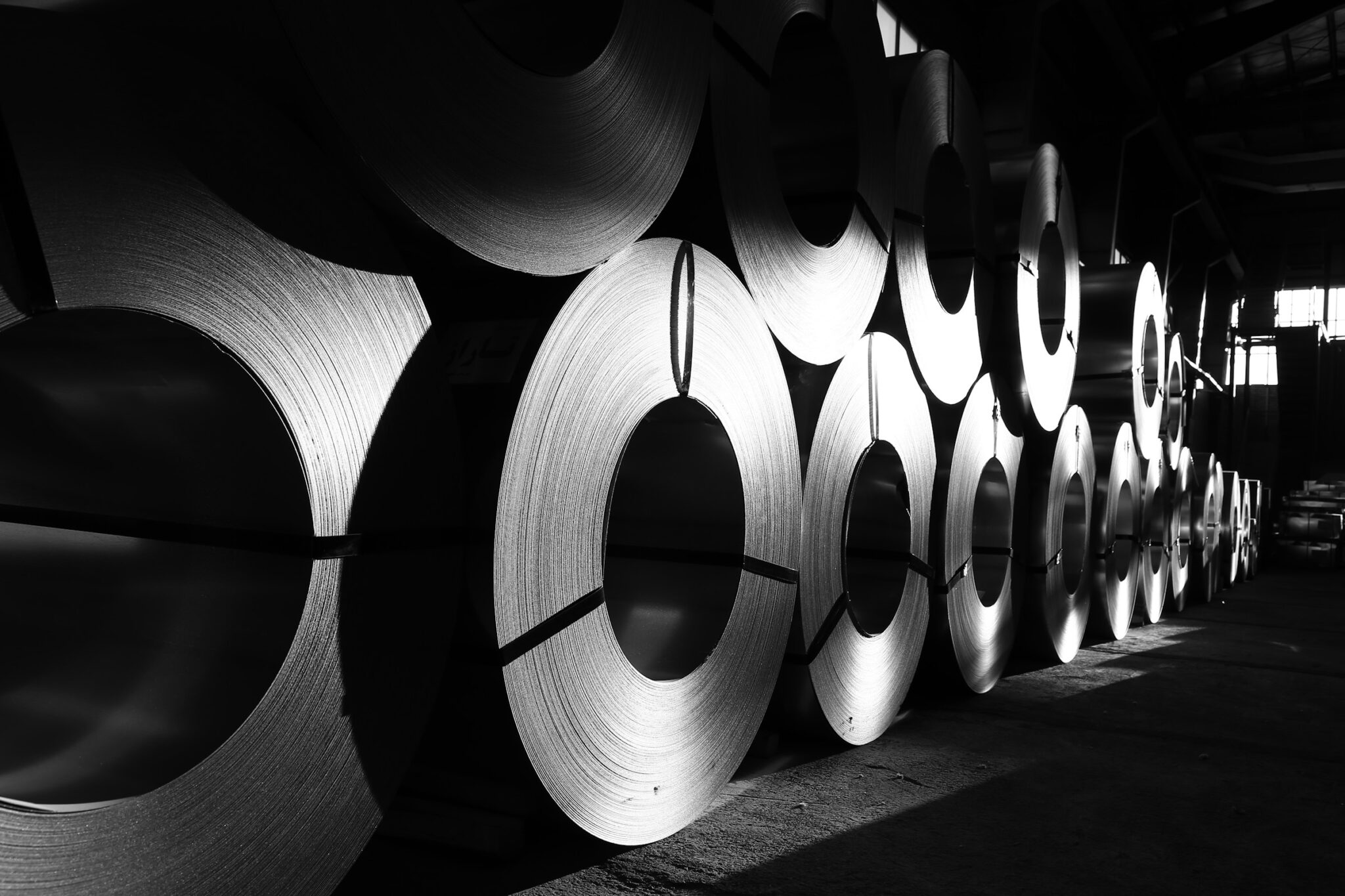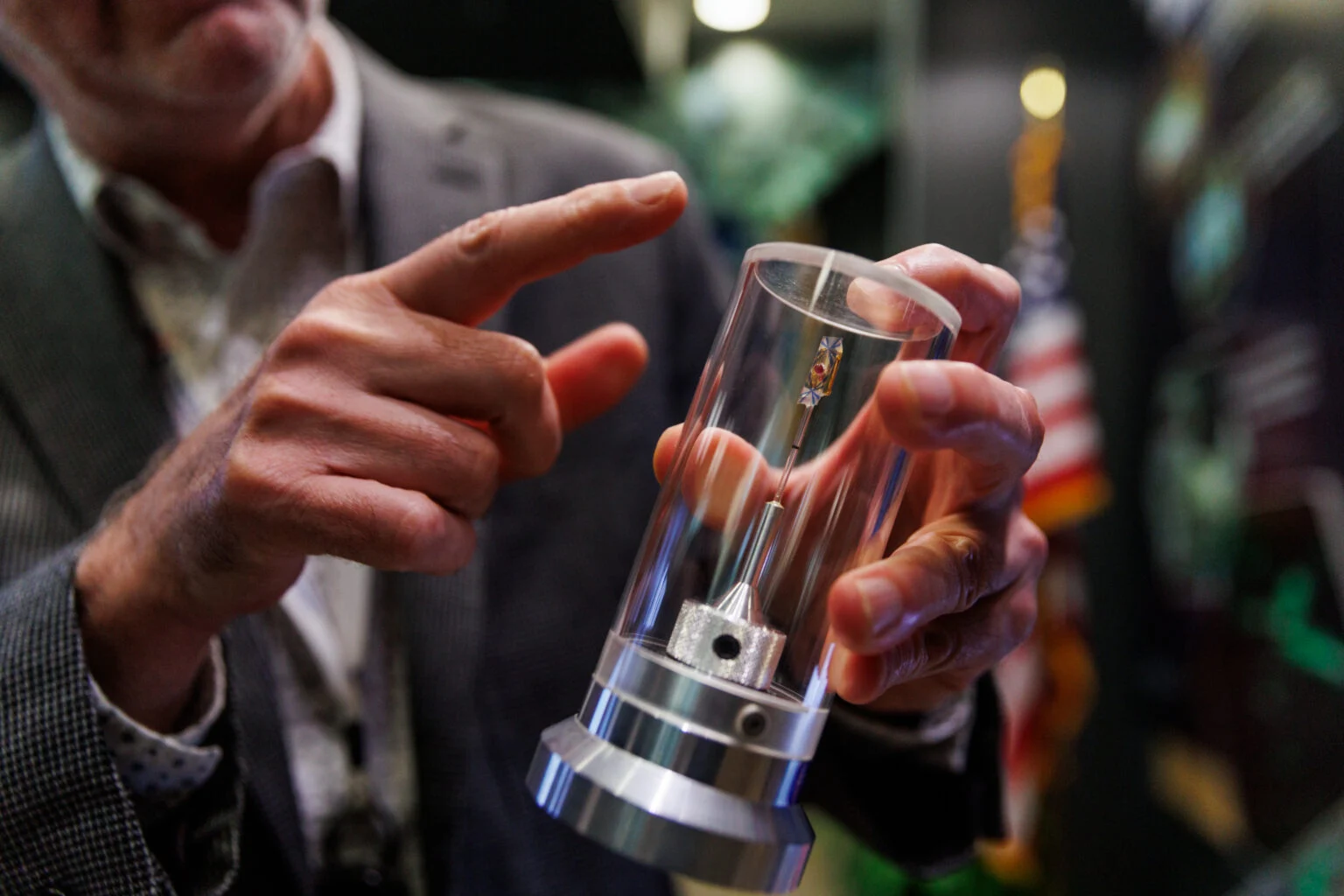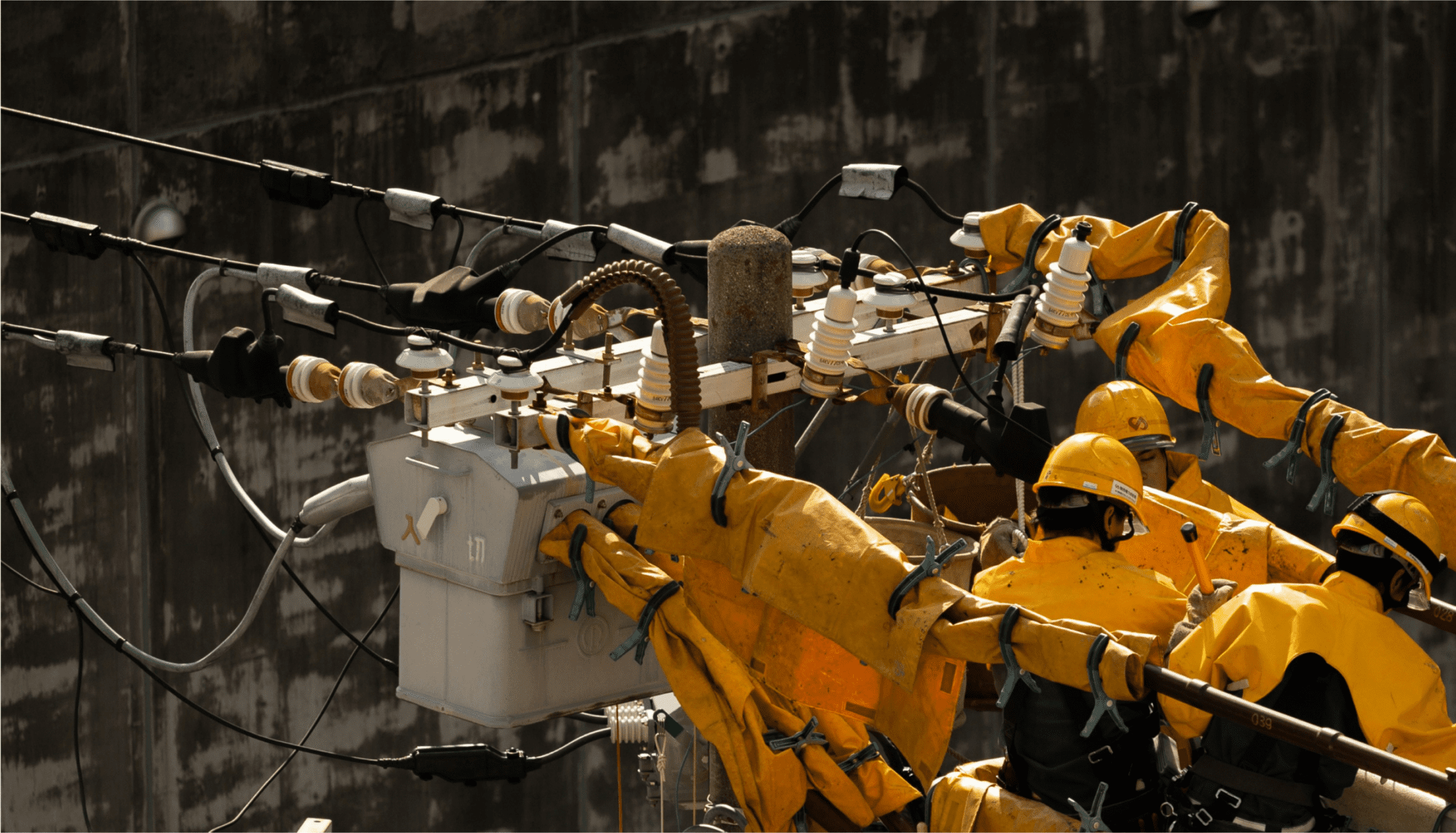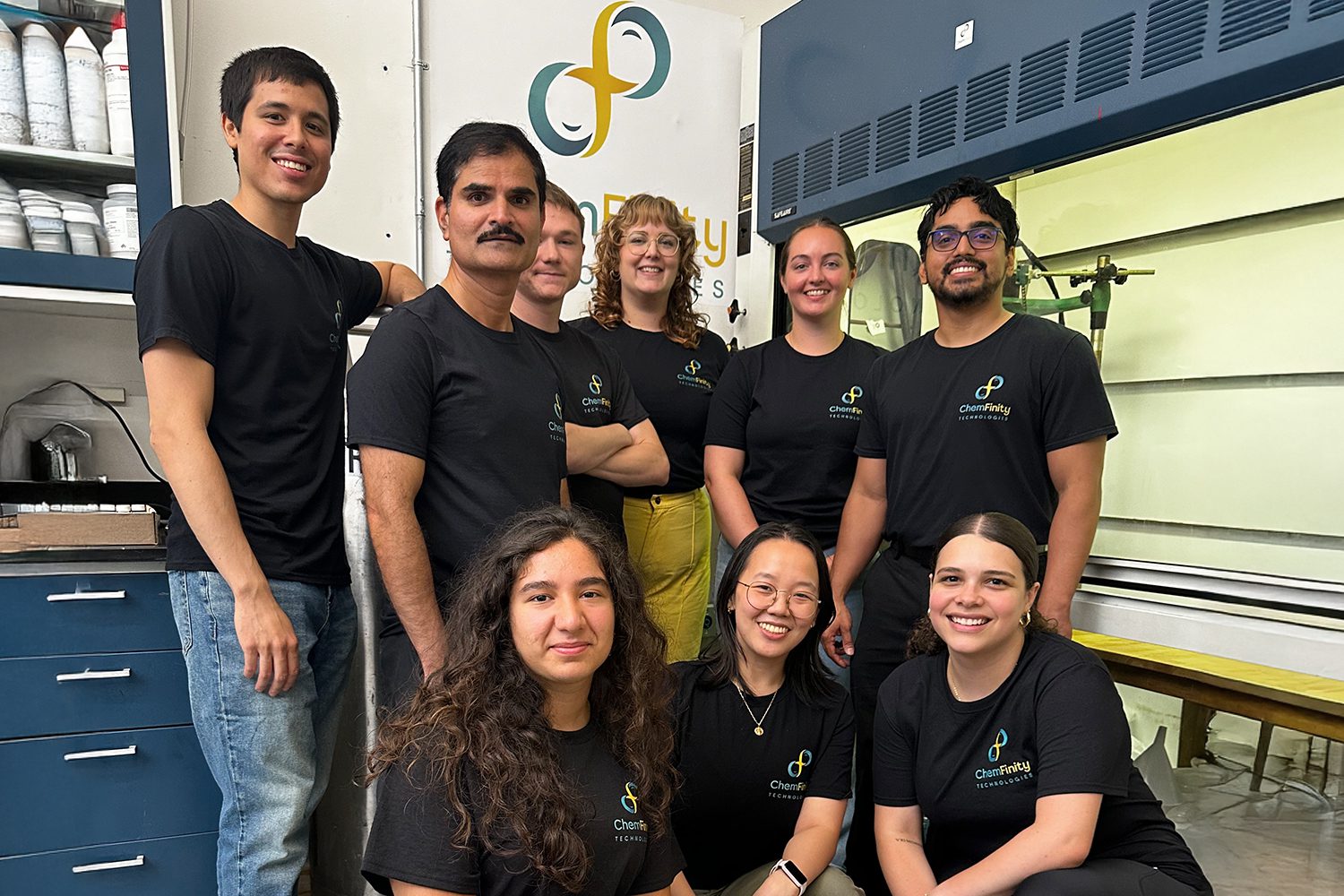If you follow the headlines, it looks like Europe is making significant progress building its low-carbon industrial capacity. Right now, the continent is poised to become the largest hydrogen producer in the world by 2030 at 13 million tons per annum, a key element of clean steel and iron production. Europe also has one-third of the global announced production capacity for electrolyzers, another key component of green production, and is currently the largest consumer of sustainable aviation fuels.
Lift the curtain, though, and the situation is more complex. While Europe leads on clean technology project announcements, only a small share of these actually reach final investment decision (FID). For example, according to the IEA, just 4% of announced clean hydrogen projects globally have been subject to FID. Unless we can unlock financing, secure bankable long-term offtake agreements, and lift other critical barriers that are holding them back like permitting the opportunity will be lost.
At Breakthrough Energy, we focus on discovering, developing, and deploying emerging climate technologies at scale. Europe has long been a leader in discovering new technologies, but developing and deploying them commercially has been more difficult. Solving the deployment problem is going to require not just technology innovation, but financial innovation, policy innovation and innovations in the way we think about partnerships.
The good news is that we know what it will take to unlock more investment: We have to make a strong business case for the shift to green manufacturing, create the right market conditions, cater financial products to the risks associated to first-of-a-kind projects and partnerships to drive demand for green products and services at scale. The challenge is in the “how.” How do we create that favorable market environment in Europe? And how do we do it fast? Low-carbon plants take 2 to 3 years to build, and if we want them to be up and running by 2030, investment decisions must be made by 2025 at the latest.
These are three of the critical challenges keeping investment on the sidelines right now:
- Green industrial projects require significant up-front and operational investment. For instance, building or retrofitting an integrated (iron and steelmaking) green plant with a capacity of 2 million tons per annum (Mtpa) is estimated to require 2 to 4 billion in up-front investment. Once the plants are operational, they also need affordable, abundant energy inputs like clean electricity and hydrogen to power production. For the green steel sector alone, Europe needs to meet an energy demand of 500 TWh/year to green just 53% of its steel production. Investors lack confidence that all the pieces will fall into place. The same can be said for projects like sustainable aviation fuels and low-carbon cement as well.
- The green premium for low-carbon products is higher than most customers are willing to pay right now. Consider green steel and green iron. An Energy Transition Commission report funded by Breakthrough Energy “Unlocking the First Wave of Breakthrough Steel Investments” explored the Green Premium of hot-rolled coil (HRC is the foundation for many industrial products) produced with green steel. It found that integrated breakthrough steel projects result in an estimated HRC production cost premium of about 5 to 35% depending on location and project configuration. The same is true with sustainable aviation fuel which is typically estimated to be two to five times more expensive than conventional jet fuel. These cost premiums are too often too high for traditional investors concerned about achieving profitability quickly.
- Both equity and debt investors are wary of the risk involved with emerging technologies, and especially first of a kind commercial-scale projects. Permitting can be complicated in Europe, regulations can be unpredictable and burdensome, and the eventual project costs and technologies may not be clear up-front, making these projects less attractive for traditional equity investors. On the lending side, there is also the question of “bankability” or confidence loans will be repaid, especially for the new companies and innovators who have lower bankability and credit worthiness. They are often required to freeze 100% of their capital received through advanced payments in escrow accounts – capital that is needed to ramp up manufacturing capacity.
The key is to drive down the green premium and make green product prices competitive against fossil-based product prices – and that’s going to require more than just government subsidies. Financing these projects requires thinking beyond the traditional market to overcome the investment risks involved. It’s going to require the public and private sector working together to deploy these projects.
While the challenges are real, there are opportunities.
Here are five key areas to de-risk these investments and get capital off the sidelines and shovels in the ground:
First, we need to improve offtake or market pull for green products. For the public sector, this means leading the way on more ambitious green public procurement. On the private side, we need to pressure companies to sign long-term “bankable” offtake commitments.
Second, government needs to step up and de-risk these investments with public guarantees. The message for “first of a kind” (FOAK) projects should be that you do not need to prove there is no risk, just that the risk is shared, allocated, and diversified across the public and private sectors.
Third, we need to leverage power purchase agreements (PPAs) with 24/7 renewable energy contracts. This will require deploying long duration energy storage technologies or enabling long-term low carbon power contracts.
Fourth, we need to ease regulations and speed up bureaucracy that stands in the way of permitting these projects. The faster the projects can be permitted and connected to the power grid, the sooner we can get them to scale and competitive pricing – and the more confidence investors will have in funding them.
Fifth, we have to recognize that it is going to take all of us. Getting these projects off the ground only works if the whole ecosystem of governments, lenders, investors, buyers, energy providers, and industry is on board to get them funded and deployed.
Europe has made big strides in clean tech innovation and project planning to decarbonize industrial production. Now it is time to get these projects fully deployed, and to establish new metrics for success. Rather than celebrating project announcements, we need to start tracking signed contracts and investments – the projects that are putting shovels in the ground.

